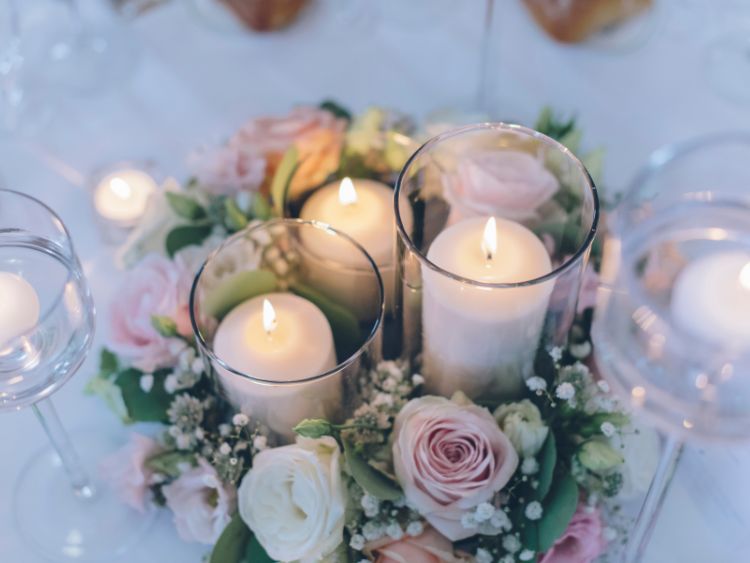The Ultimate Guide to Understanding the Black Tie Dress Code
So, you’ve been invited to a black tie event, and you’re wondering what exactly that entails? You’re not alone. The term “black tie” often conjures images of glitz and glamour, but it can also bring about confusion. What does black tie really mean? What should you wear, and how can you make sure you’re dressed appropriately without overdoing it? This guide will break down everything you need to know about the black tie dress code, ensuring you can step into any formal event with confidence and style.
What is Black Tie Dress Code?
The black tie dress code is the epitome of formal elegance, traditionally reserved for evening events. Originating in the 19th century, black tie attire is typically worn after 6 PM, and it’s designed to convey sophistication and understated luxury. The key components? A black tuxedo for men and a floor-length gown for women. Simple, right? But there are nuances and details that elevate black tie attire from just dressing up to truly embodying a polished, refined look.
The Classic Black Tie Ensemble for Men
When it comes to men’s attire, the black tie dress code leaves little room for improvisation. Here’s a breakdown of what you need:
1. The Tuxedo
The cornerstone of any black tie outfit is the tuxedo. A well-fitted black tuxedo with satin or grosgrain lapels is non-negotiable. The jacket should be single-breasted with one button, though double-breasted jackets are also acceptable. The trousers should match the jacket and have a satin stripe down the leg.
2. The Shirt
A crisp white dress shirt is essential. Look for a shirt with a pleated front or a piqué bib, designed specifically for black tie events. French cuffs with elegant cufflinks are a must.
3. The Bow Tie
Yes, it’s black, and yes, it’s a bow tie. Pre-tied versions might be easier, but a self-tied bow tie offers a more authentic and stylish touch.
4. The Waistcoat or Cummerbund
A black waistcoat or a cummerbund is often worn to cover the waistline. This isn’t just for style; it also maintains a smooth, sleek look by hiding the shirt’s waistband.
5. Shoes
Polished black patent leather shoes are the traditional choice. Remember, scuffed shoes are a no-go for black tie events. Keep them shiny and pristine.
Women’s Black Tie Attire: Elegance Personified
For women, the black tie dress code offers more variety but still demands a high level of sophistication:
1. The Gown
A floor-length gown is the classic choice for black tie events. While black is a popular option, jewel tones or metallics can also be striking. The key is to choose a dress that’s elegant and not overly revealing.
2. Accessories
Accessories should complement, not overpower, your outfit. Think diamond earrings, a simple clutch, and perhaps a delicate bracelet. Less is more when it comes to black tie elegance.
3. Shoes
High heels are a staple, though they don’t have to be sky-high. Opt for a pair that complements your gown. And yes, they should be comfortable enough to carry you through the night.
4. Hair and Makeup
Hair and makeup should be polished and refined. An updo or soft waves paired with classic makeup—think red lips or a smoky eye—adds to the overall sophistication.
Black Tie Optional: What Does It Mean?
You might come across the term “black tie optional” on an invitation and wonder what it really means. Essentially, it gives guests the choice to dress in black tie or to opt for slightly less formal attire. For men, this could mean wearing a dark suit instead of a tuxedo. For women, a cocktail dress or a formal gown would be appropriate. The goal here is still to maintain a formal appearance, so erring on the side of overdressing is usually a safe bet.
Navigating Seasonal Variations
Depending on the time of year, you might need to make some adjustments to your black tie ensemble:
1. Summer Black Tie
In warmer months, men can opt for a white dinner jacket instead of the traditional black. It’s still formal, but it’s more comfortable in the heat. Women can choose lighter fabrics like chiffon or silk.
2. Winter Black Tie
For winter events, layering is key. Men might add a black wool overcoat, while women can wear a stylish shawl or fur stole to keep warm.
Common Mistakes to Avoid
Even with all this guidance, there are a few common pitfalls people encounter with black tie attire. Here’s what to watch out for:
- Too Casual: Avoid the temptation to dress down. Black tie is formal—jeans, casual shoes, or anything remotely casual are out of the question.
- Overly Flashy: While it’s a formal event, it’s not the Oscars. Stick to the classic, timeless elements of black tie without going overboard with excessive sequins or accessories.
- Mismatched Colors: Keep your ensemble cohesive. For men, this means matching your shoes, belt, and other accessories to the overall color scheme.
Frequently Asked Questions (FAQs)
Q: Can I wear a long black dress to a black tie event?
A: Absolutely! A long black dress is a classic choice for black tie events. Just ensure it’s elegant and appropriate for the occasion.
Q: What should I do if I don’t own a tuxedo?
A: If purchasing a tuxedo isn’t practical, renting one is a great option. Just make sure it fits well and is tailored to your body shape.
Q: Is it ever acceptable to wear a suit instead of a tuxedo?
A: If the event is labeled as “black tie optional,” a dark suit can be appropriate. However, if it’s strictly black tie, a tuxedo is required.
Q: Can women wear pants to a black tie event?
A: While it’s less traditional, a woman can wear an elegant pantsuit. The key is to choose something that’s formal and polished.
Q: How far in advance should I prepare for a black tie event?
A: As soon as you receive the invitation! This allows time to purchase or rent the appropriate attire and ensure everything fits perfectly.
Conclusion
Attending a black tie event is an opportunity to embrace classic elegance and showcase your style. By understanding the key components of the black tie dress code, you can ensure that you’re dressed to impress. Whether you’re donning a tuxedo or a floor-length gown, the goal is to embody the timeless sophistication that black tie events are known for. So, the next time you receive an invitation with “black tie” at the bottom, you’ll know exactly what to do—dress up, step out, and enjoy the evening in style.





